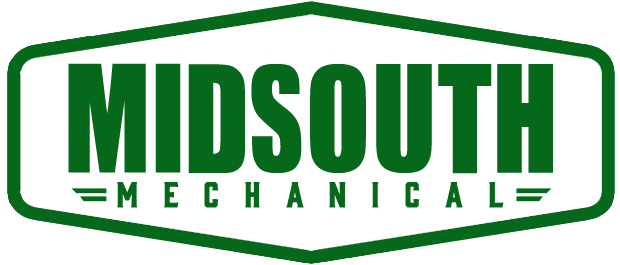Forklifts are among the most useful vehicles in any industrial workplace. However, to prevent life-threatening accidents, trained and experienced operators must use them with utmost caution.
OSHA statistics indicate that there are roughly 85 forklift fatalities and 34,900 serious injuries each year Most of these accidents involve people being run over or hit by a forklift, particularly when the forklift truck is reversing and the operator did not see them. Accidents linked to forklifts are often the result of a lack of training and inadequate supervision.
Forklifts have specific traits that make them difficult to handle, making proper training a prerequisite for operating them in a workplace.
- They are extremely heavy. A forklift can weigh up to 9,000 pounds or triple the weight of an average car.
- They are faster than you think. Forklifts can run up to 18 mph.
- They are not well-balanced. Forklifts are designed to be heavier in the rear to compensate for the hefty load being placed in the front. This uneven weight distribution can make forklifts tough to handle.
- They are harder to stop. Unlike cars, forklifts only have brakes on their front wheels.
- They are rear-wheel drive. This makes the rear end to swing outwards, especially when making tight turns; this can increase the chances of the truck to tip over.
- They have poor sightlines. The loads are carried in the front of forklifts and can often block the view of the operator.
If you have a forklift truck or hire, rent a forklift, or borrow one, you need to make sure that your equipment is working properly and is safe for use. Workplace safety laws require that employers maintain their vehicles safe so that they can serve their intended purpose for your operations.
Forklift operators must be familiar with the vehicle they are operating. They should receive proper instruction and training on how to drive the vehicle safely before they use them in a workplace setting.
To further increase the level of competency of forklift operators, employers are encouraged to do the following:
- Provide formal and practical training to the operators. For your training materials, try using a combination of lecture, software training, videos, demonstrations, and practical exercises.
- Certify the operators who have received proper training. Conduct refresher training if necessary and evaluate every operator (at least once every three years).
- Supervisors should evaluate the performance of the operators to make sure they are competent enough to operate an industrial truck before deploying them to the site.
Get a free quote today!


